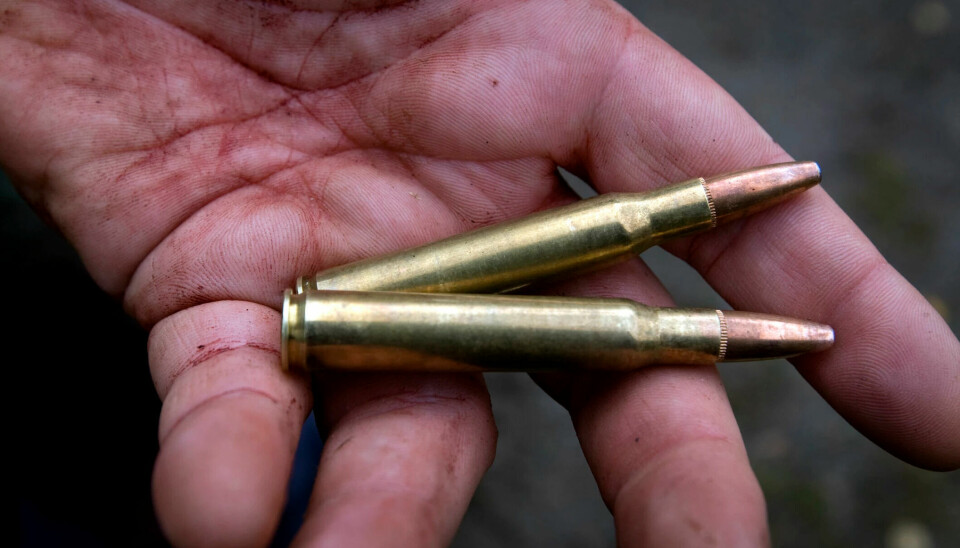
Researcher warns of explosives in nature
Ammunition left in nature poses an increasingly greater threat to social security, according to a doctoral thesis.
It is urgent to establish a national plan to handle the explosives, Lieutenant Colonel Geir P. Norvik argues.
Internationally, there is a growing problem of grenades, mines, and other ammunition being left behind after armed conflicts. However, even in Norway, there are several hundred thousand tonnes of scattered ammunition in nature, in lakes and along the coast, Norvik points out in his doctoral thesis.
May explode or leak toxins
There is a risk of unintentional explosions from the ammunition. Another concern is that they contain large amounts of toxic and carcinogenic substances that pollute soil and water and affect biological life.
The thesis reveals a lack of information about the amount of ammunition in Norwegian nature, the types involved, and their precise locations.
“The consequence is that we have an ever-increasing threat to societal security without any overarching plans to develop or implement risk-reducing measures,” says Norvik, a senior staff officer in the Ministry of Defence.
May become more sensitive over time
Studies conducted by Norvik shows that explosives in ammunition that has been in water or in nature for over 80 years are often just as functional as when they were produced. Some explosives can also become more sensitive, potentially leading to spontaneous detonation where they are located or if they are moved.
Norvik emphasises the importance of an overarching strategy. If individual, uncoordinated measures are taken at lower levels, not only may their effectiveness be diminished, but they may also contribute to increasing the overall societal risk, according to the research.
“My research shows that it is time-critical to establish a comprehensive national strategy for how we can address this challenge now and in the future. The research shows that the societal security and environmental consequences, if neglected, can be catastrophic,” Norvik says.
———
Translated by Alette Bjordal Gjellesvik.
Read the Norwegian version of this article on forskning.no
------





































